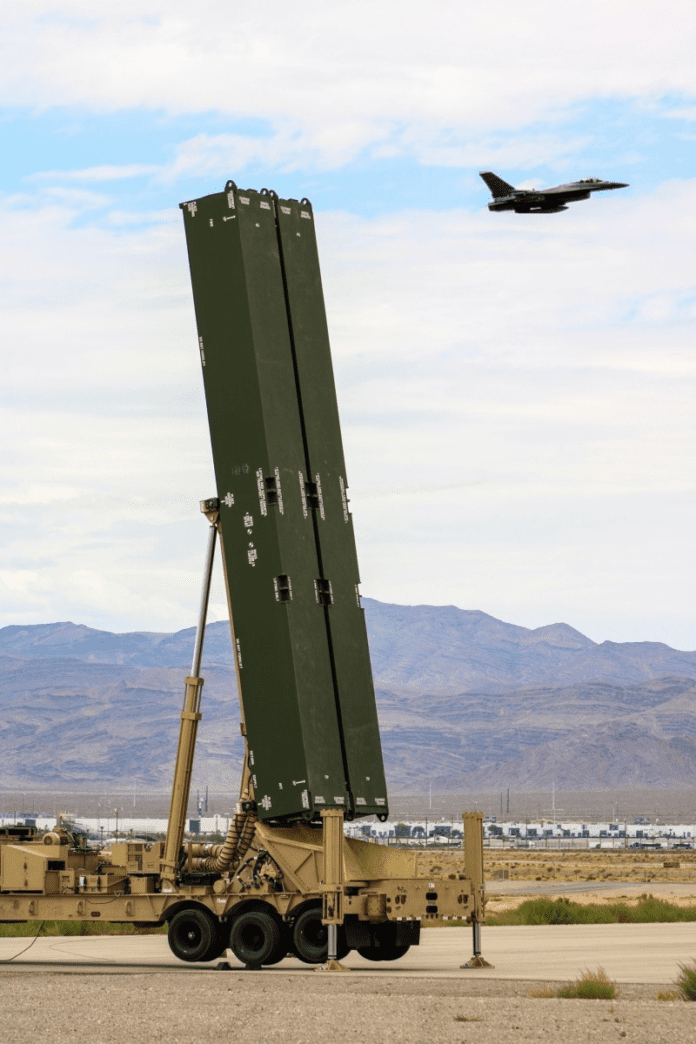This post is also available in:
 עברית (Hebrew)
עברית (Hebrew)
After years of delays and technical setbacks, the U.S. Army is preparing to operationalize its highly anticipated “Dark Eagle” long-range hypersonic weapon (LRHW) by the end of fiscal year 2025. The announcement comes following a recent U.S. congressional report, confirmed by a defense official to Defense News, which revealed that the Army plans to deploy the first LRHW unit within the next 12 months.
The Dark Eagle is a critical element of the Army’s strategy to counter hypersonic weapons developed by adversaries such as China, Russia, and North Korea. With an operational range of 2,700 kilometers and capable of speeds greater than Mach 5, this weapon is designed to strike high-value targets with unparalleled precision and speed.
One of the Dark Eagle’s defining features is its ability to evade interception. The missile’s hypersonic glide body operates at the edge of the Earth’s atmosphere, making it more challenging for enemy air defenses to detect and neutralize the threat before impact. This edge is expected to significantly enhance the U.S. Army’s deterrence capabilities in the face of growing global threats.
The system itself comprises a ground-launched missile, supported by fire control, logistical, and transport equipment. However, the path to deployment has not been without challenges. Originally slated for deployment in 2023, the Dark Eagle experienced a series of technical failures. Pre-flight issues during its initial tests in 2022 led to delays, as did a battery problem discovered before its 2023 flight trials.
Despite these setbacks, the LRHW battery made its first appearance at Exercise Resolute Hunter in 2024. With its deployment now expected in 2025, the Dark Eagle is poised to enhance the U.S. military’s capabilities in hypersonic warfare. This advanced weapon will provide a significant advantage in executing high-speed, precision strikes, strengthening deterrence and improving the Army’s ability to respond to emerging threats from global powers.


























